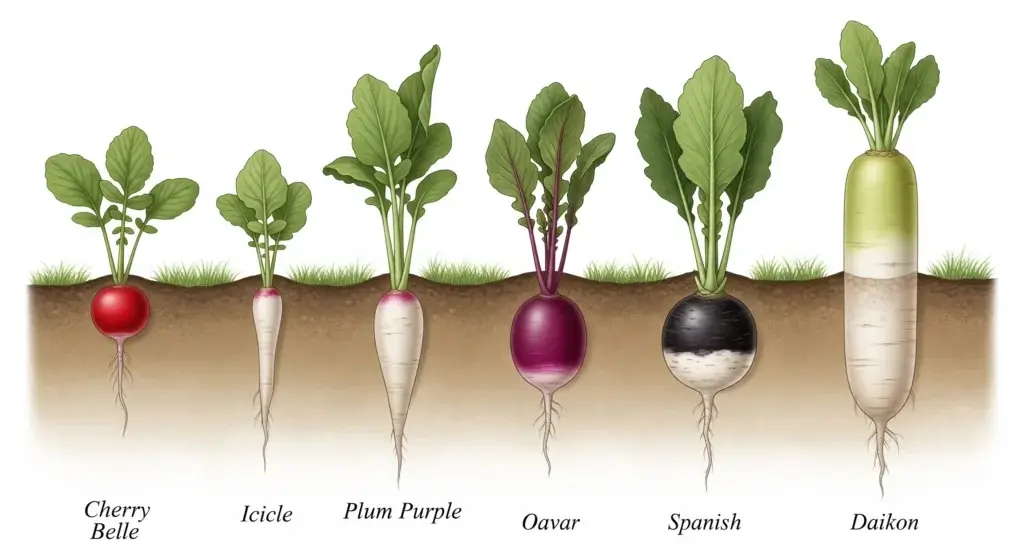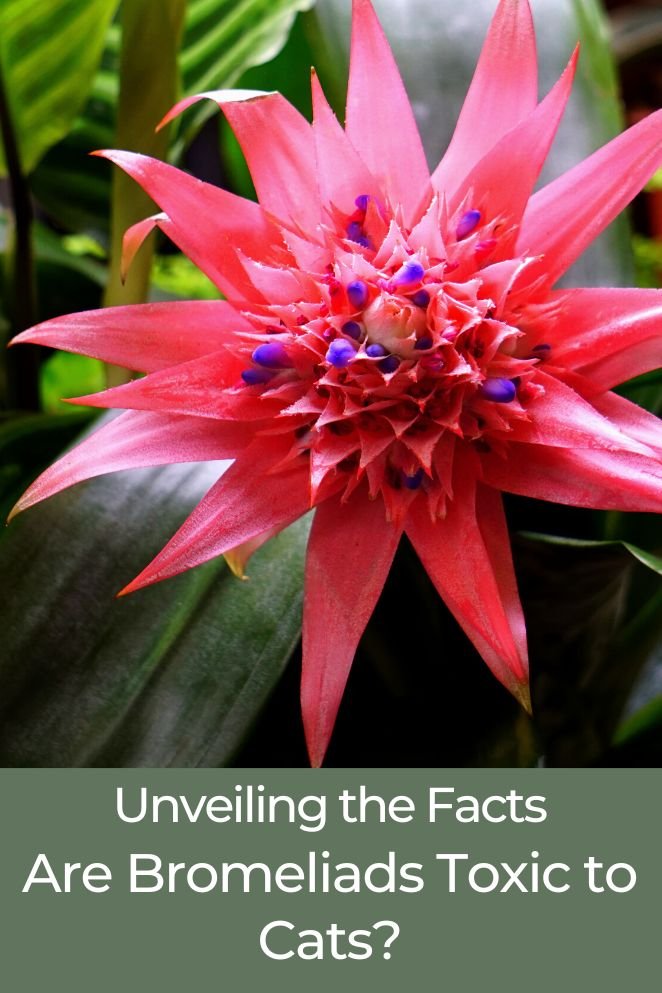
Cats and plants commonly share our living spaces, adding a touch of nature to our homes.
Nevertheless, as responsible pet caregivers, it’s important to understand the potential risks that certain plants might pose to our feline companions.
This thorough guide will take a closer look at bromeliads, examining their physical traits, and their impact on cat health, and offering practical advice on ensuring the safety of your pets.
What are Bromeliads?
Comprising a vast family of plants, bromeliads boast an extensive diversity with over 3,700 known species distributed across 80 genera.
Among these, the widely recognized pineapple stands out prominently.
While the majority of bromeliads thrive in the tropics and subtropics of the Americas, some have ventured into the subtropical regions of the United States, and a notable exception has even found its way to West Africa.
This botanical family showcases a remarkable variety of shapes and sizes.
From the spiky allure of Spanish moss to the vibrant and flamboyant Guzmania with its showy bracts, bromeliads offer a spectrum of visual delights for plant enthusiasts.
This diverse range of species contributes to the overall allure of bromeliads, making them a fascinating group within the plant kingdom.
- Read also: Unraveling the Truth – Is Mint Poisonous to Cats?
- Read also: A Guide to Growing Croton Mammy
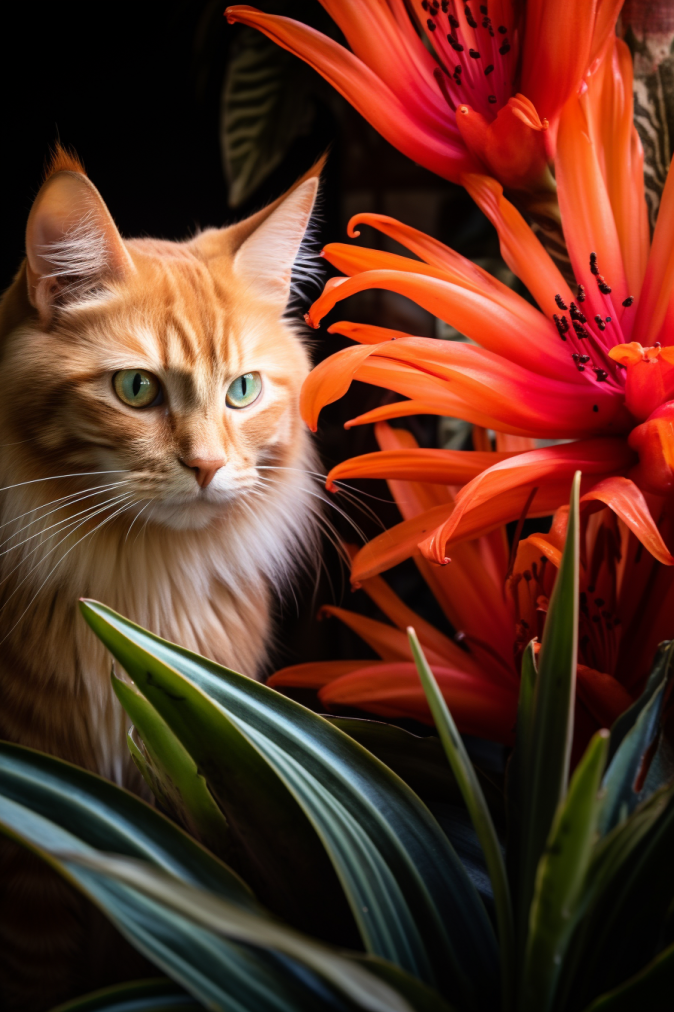
Physical Characteristics of Bromeliads
Leaf structure
Bromeliads showcase an intriguing rosette leaf arrangement.
The leaves form a central cup or tank that collects water, acting as a natural reservoir for the plant.
This adaptation allows some bromeliads to thrive in various environments, including those with limited water availability.
Shapes and sizes
The family Bromeliaceae encompasses a wide range of shapes and sizes.
From the compact and symmetrical forms of some Neoregalia species to the elongated and arching leaves of others, bromeliads present a diverse array of silhouettes that contribute to their aesthetic appeal.
Colorful foliage
The foliage of bromeliads is often a visual spectacle, featuring an array of colors, patterns, and textures.
Whether it’s the bold and vibrant hues of Guzmania bracts or the subtle variegations found in some Tillandsia varieties, the color palette of bromeliads adds vibrancy to any space they inhabit.
Adaptive air plants
Certain bromeliads, like the popular Tillandsia genus, are epiphytic or “air plants.”
These species do not require soil for growth; instead, they attach themselves to other surfaces, such as trees or rocks.
This adaptability allows them to thrive in diverse environments.
Bromeliads flower
The reproductive structures of bromeliads are as intriguing as their foliage.
While the iconic pineapple is a well-known example of a bromeliad fruit, the family also produces distinctive flowers.
These flowers often emerge from the central cup or inflorescence, adding another layer of visual interest.
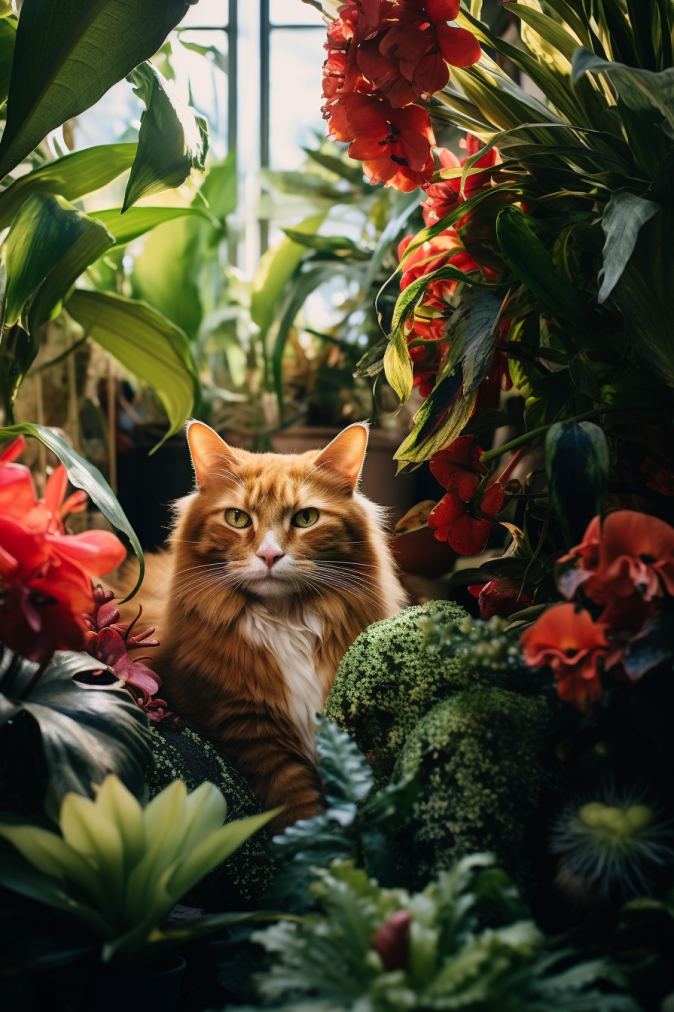
Are Bromeliads Toxic to Cats?
Generally, many bromeliads are safe for cats, posing no threat.
However, it’s essential to be mindful of potential exceptions.
While most species do not cause harm, some may trigger mild irritation or allergic reactions in certain individuals.
Here are some possibilities:
Digestive discomfort
While bromeliads are generally non-toxic, consuming large quantities of any plant, even non-toxic ones, can lead to mild stomach upset in cats.
Keep an eye out for signs such as vomiting, diarrhea, or excessive drooling if your cat decides to munch on bromeliad leaves.
Individual sensitivities
Cats, like people, can have varying sensitivities to different plants.
Despite the non-toxic nature of bromeliads, it’s advisable to observe your cat’s behavior after they’ve been in proximity to any plants.
Physical hazards
Cats have a natural inclination to chew and play with plants, and even non-toxic varieties may be subject to damage.
To ensure the well-being of your cat and the integrity of your plants, consider placing bromeliads out of reach or provide alternative chewing options such as cat grass.
How to Keep Cats Away from Bromeliads
Ensuring the safety of your cats around bromeliads involves proactive measures. Here are practical tips to minimize the risk:
Strategic placement
Position your bromeliads in areas that are less accessible to your curious cats.
Consider placing them on elevated surfaces or in hanging planters to create a physical barrier.
Natural deterrents
Cats are known to be averse to certain scents.
Use natural deterrents like citrus peels, coffee grounds, or a diluted vinegar solution around the base of your bromeliads.
This can discourage your cat from exploring the plants and reduce the likelihood of unwanted interactions.
Provide alternatives
Offer your cat safe and appealing alternatives to divert their attention from the bromeliads.
Cat grass or catnip can serve as enticing substitutes, satisfying your cat’s natural instincts without posing any harm to them.

How to Tell if Your Pet Ate a Poisonous Plant
Being vigilant about your cat’s behavior is crucial. If you suspect your pet has ingested a toxic plant, look out for the following signs:
Vomiting
Pay attention to any sudden or persistent episodes of vomiting.
If your cat is expelling undigested food or displaying signs of distress during vomiting, it may be an indication of plant toxicity.
Diarrhea
Changes in your cat’s bowel movements, particularly the onset of diarrhea, could be a red flag.
Loose or watery stools may suggest the ingestion of a substance that is causing digestive distress.
Excessive drooling
Excessive drooling beyond normal levels may signal irritation or discomfort.
If your cat is drooling excessively and this behavior is not typical for them, it could be linked to the consumption of a toxic plant.
Lethargy
A notable decline in your cat’s energy levels or an increased tendency to sleep excessively may be indicative of plant poisoning.
Lethargy suggests that the body is responding to a harmful substance.
Loss of appetite
A sudden lack of interest in food or a significant decrease in appetite is cause for concern.
It may be a response to the ingestion of a toxic plant, affecting the cat’s digestive system or overall well-being.
Which Plants Are Most Toxic to Cats
Some common examples of plants that are toxic to cats include:
Lilies
All parts of lilies, including leaves, pollen, and even the water in a vase, are highly toxic to cats and can cause acute kidney failure. Easter lilies, tiger lilies, and stargazer lilies are particularly dangerous.
Sago’s palm
All parts of the sago palm contain cycasin, a toxin that can lead to liver failure and death in cats. Even small amounts can be fatal.
Oleander
This beautiful flowering shrub contains cardiac glycosides, which can disrupt heart rhythm and lead to death in cats.
Azaleas and rhododendrons
These popular flowering plants contain grayanotoxins, which can cause vomiting, diarrhea, drooling, tremors, and even coma in cats.
- Read also: Hawaiian Spider Plant vs Spider Plant
- Read also: A Guide on How to Grow Spider Plants in Water
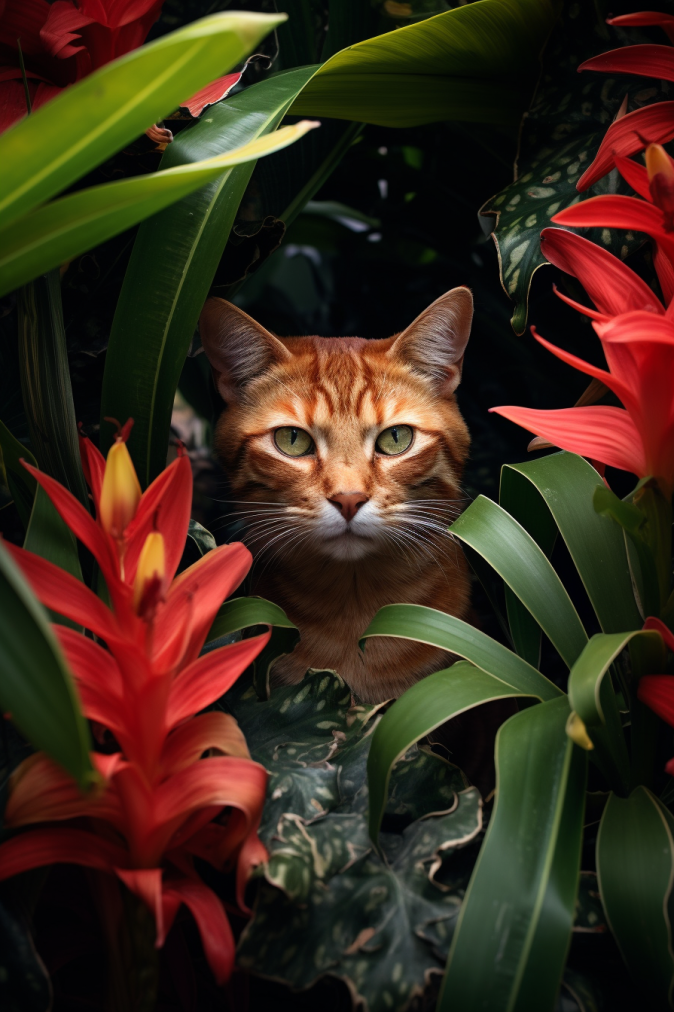
Conclusion
Bromeliads are generally safe for cats. However, responsible pet ownership requires awareness and proactive measures.
By being informed about potential risks and taking appropriate precautions, you can establish a balanced environment where both your plants and pets can thrive together happily.
Frequently Ask Questions
While the majority are safe, it’s essential to research specific species, as some may cause mild reactions.
Monitor for symptoms and contact your veterinarian immediately if you observe any signs of distress.
Absolutely! Many plants are safe for cats, and with proper precautions, you can create a pet-friendly plant haven in your home.



